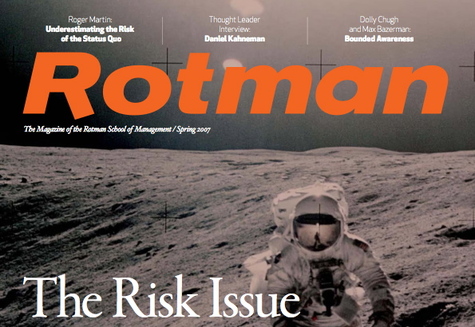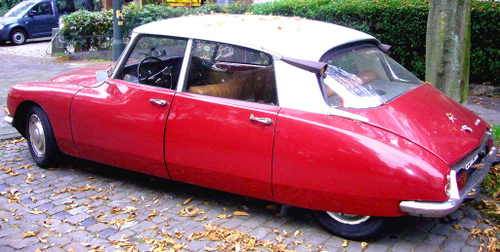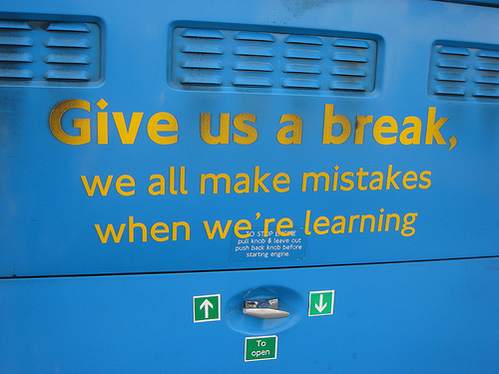What happens when a singular talent like Joshua Bell plays Chaconne on his $3.5 million Stradivarius for rush-hour commuters in Washington D.C.?
Nothing. Or very little — $32 in exchange for 43 minutes of music, which is only bad if you’re Joshua Bell. And aside from the lack of monetary compensation, very little attention from adults (click thru here for a few must-see videos of Bell playing in context). Who listened? According to the article, only the children, with a few exceptions:
There was no ethnic or demographic pattern to distinguish the people
who stayed to watch Bell, or the ones who gave money, from that vast
majority who hurried on past, unheeding. Whites, blacks and Asians,
young and old, men and women, were represented in all three groups. But
the behavior of one demographic remained absolutely consistent. Every
single time a child walked past, he or she tried to stop and watch. And
every single time, a parent scooted the kid away.
Why the kids? Partly because they know beauty in their hearts and not in their analytic brains. Partly because they’re not rushing somewhere like all the adults (even if they’re in tow — young children don’t rush anywhere they don’t want to go). The kids were listening because that’s what kids do. They listen and observe with an intensity that only the most talented and highly-trained professional ethnographers can muster. In the face of such beauty and mastery, how could they not spend these precious moments of life soaking in the music?
This sense of "beginner’s mind" or "mind of the child" is a pillar of design thinking. It’s the ability to see things afresh. To see deeply and to sense the truth and the beauty. It’s not the same thing as ignorance — far from it. Rather it’s a cultivated ability, an ability which, ideally, is matched with deep technical expertise and wisdom. A structural engineer with the ability see with the mind of a child gives us the works of Robert Maillart. Learning this skill, and keeping it alive and sharp and curious, requires lifelong dedication.
In that sense, my hat goes off to John Picarello, one of the few adults to stop and listen. Here’s what he said to a reporter afterward:
This was a superb violinist. I’ve never heard anyone of that
caliber. He was technically proficient, with very good phrasing. He had
a good fiddle, too, with a big, lush sound. I walked a distance away,
to hear him. I didn’t want to be intrusive on his space… It was that kind of experience. It was a treat, just a brilliant, incredible way to start the day.
Picarello was once a devoted musician, which is the reason behind his ability to analyze Bell’s technique. But what Picarello has is beginner’s mind. He heard Bell for what Bell is even without knowing that it was Bell. Perhaps a distinguishing mark of a design thinker is the cultivated ability to "know good" when one sees it. Is he a practicing designer? No, and he gave up the violin a long time ago. But somewhere along the line he picked up this skill, and it’s a strong argument for giving children the kind of broad, creative education advocated by people like Sir Ken Robinson. This last quote from Picarello gave me chills:
"If you love something but choose not to do it professionally, it’s
not a waste. Because, you know, you still have it. You have it forever."
Thanks to Matt from Signal vs. Noise for highlighting this article











